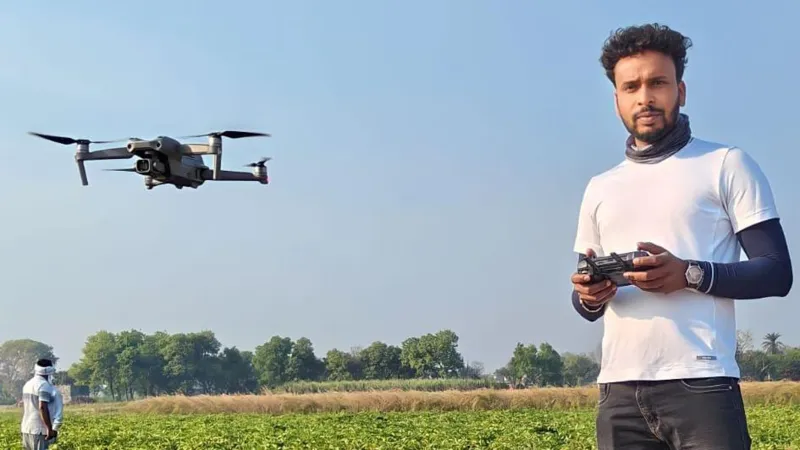At 27, he has turned his boyhood pastime into a career. Part of the Sundarbans, a large region of mangrove forests where the Ganges, Brahmaputra, and Meghna rivers empties into the Bay of Bengal, was mapped as part of a recent effort.
The world’s largest mangrove area spans approximately 4,000 sq miles (10,360 sq km) and is located in coastal Bangladesh and India.
According to Mr. Jaiswal, the region is extremely dense and diverse, with woods home to a variety of exotic creatures.
In three days, he and the other two team members mapped 150 square kilometers.
He claims that flying a drone in an area with a lot of mangroves requires a qualified operator.
It was a challenging task. We traveled there by boats and vehicles as we explored the region from deep within the forest.
It was one of several initiatives designed to shield the mangrove forest from the impacts of human activity and climate change.
Over half of the world’s mangrove ecosystems may disappear by the year 2050, according to a recent assessment released by the International Union for Conservation of Nature (IUCN).







